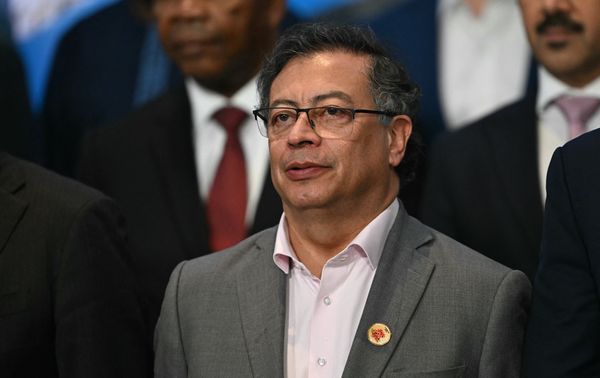
In the wake of Earth Day, West Africa is facing a historic and deadly heatwave, last month was the tenth hottest month in a row in the U.S., and Americans and people across the globe are already bracing for what scientists are predicting will be yet another record-breaking summer with more extreme heat and weather events in store.
Those of us paying attention know it to be true: the climate crisis is here. Climate change is perhaps the defining crisis of our time and our rapidly changing climate will undoubtedly affect every aspect of human life – including people’s sexual and reproductive health.
Women and girls disproportionately bear the brunt of climate-related events and environmental stress – women comprise 20 million of the 26 million people estimated to have been displaced already by climate change. As the climate crisis ravages our world, many have ignored the detrimental impact it has on women’s lives, their access to health care and their agency to create the families and futures of their choosing. But we can no longer ignore this reality.
Our global community is experiencing a swift rise in disastrous weather events from droughts and flooding to extreme heat and freak storms. As I wrote when Hurricane Harvey struck Texas several years ago, during these ever-more-frequent emergencies, sexual and reproductive health services are often “invisible” when compared with food and emergency medicine in humanitarian relief efforts and crisis settings. But reproductive health services such as contraception and abortion are also critical and time-sensitive.
We simply cannot talk about the dangers and harms of climate change without including the impact on reproductive health. It’s past time to recognize that climate justice is a reproductive justice issue.
Let’s take one example: access to clean water. In Kenya, and in many places across the globe, access to clean water is increasingly in jeopardy due to ongoing cycles of drought and flooding brought on by climate change. Without access to clean water, women cannot safely give birth. They cannot receive basic reproductive care. Health care providers in Kenya have reported turning away women seeking reliable long-term contraception like implants and IUDs, as well as women actively in labor, because they cannot sanitize the health facility.
Additionally, sea level rise in Bangladesh has turned many freshwater sources into salt water, forcing women in these communities to bathe, drink and fish in non-fresh water, which has been linked to hypertension, preeclampsia and a rise in miscarriage and dangerous gynecological infections.
As these droughts, floods and other climate emergencies force people from their homes and create climate refugees, we know women face elevated risk of gender-based violence, forced prostitution, forced marriage and unwanted pregnancy. Women are not only more likely than men to be displaced by climate change, they are disproportionately negatively impacted by displacement.
Furthermore, what is deeply troubling is in the wake of climate emergencies, even humanitarian aid is rife with a minefield of harms for women and girls. In Mozambique, women report being exploited by government officials in charge of food aid distribution after climate disasters, offering them extra food in exchange for sexual favors. In times of emergency, the last worry on a mother’s mind should be wondering if she or her children will be safe from sexual violence if they seek shelter in government-provided housing.
Yet, research from Ipas, the non-profit reproductive justice organization where I am president, indicates that women in Bangladesh have faced increased sexual harassment and assault in community cyclone centers. Researchers on my team have also spoken with countless women and girls who are afraid to use the bathroom in humanitarian aid-provided shelters because the facilities are shared by men and often lack door locks and lighting, causing them to painfully hold their urine for fear of being sexually assaulted.
So many women in the world are enduring these horrors as a result of the climate crisis. It is heartbreaking, terrifying and unacceptable – we cannot allow them to go unaddressed or become worse.
We are already feeling the fallout of the climate crisis – it's no longer a question of whether or not it exists, but rather how will we deal with the already catastrophic transformation of our world that climate change will create. As we puzzle through that enormous problem, we must prioritize women and girls’ sexual and reproductive health.
So what does that look like? At minimum, it means integrating abortion access and sexual and reproductive health and rights into climate justice efforts at the local, regional and global levels, including in the wake of disasters. It means prioritizing the views of women in climate solutions. And it means empowering women in community decision-making.
But we must think more boldly. Climate change calls on us to radically re-imagine health service delivery. Brick and mortar clinics will not serve us if they are washed away or are without electricity and staff. This is a call for public health professionals to move beyond “resilience” to re-imagination. We must radically re-imagine the health system, and we are very far behind in doing so. In the meantime, people suffer.
While our scientists, researchers, policymakers and experts work to mitigate climate change, we must ensure we are guided by a commitment to creating a world in which women and girls have bodily autonomy, are resilient in the face of climate change, and have the power to determine their own futures.







